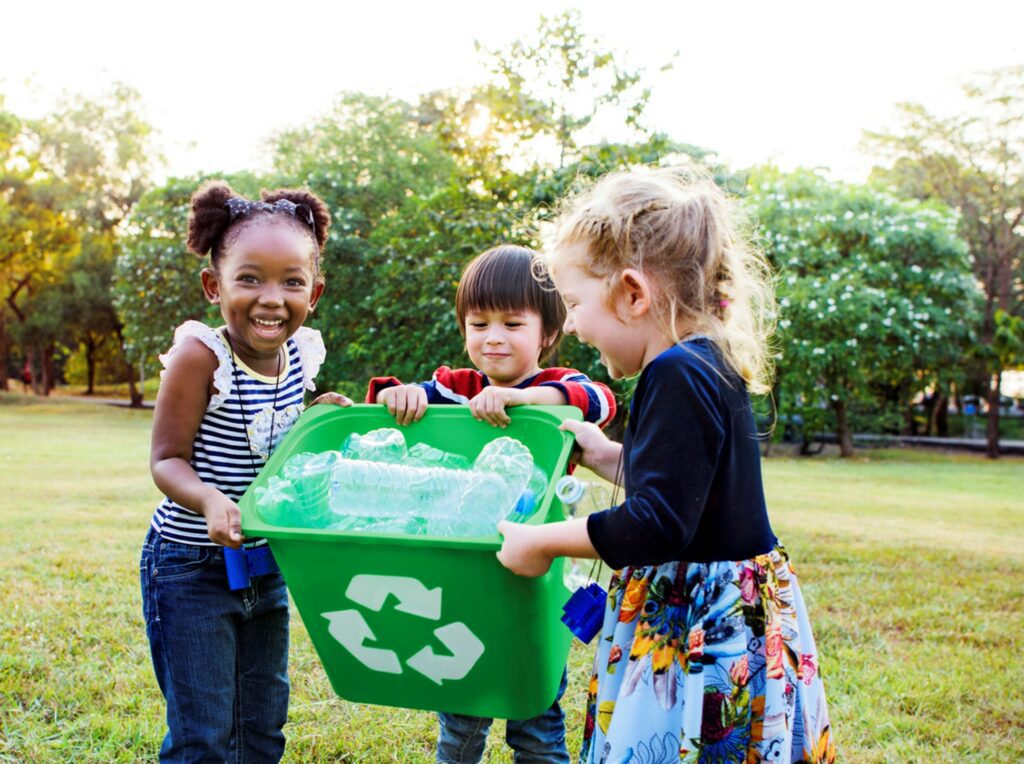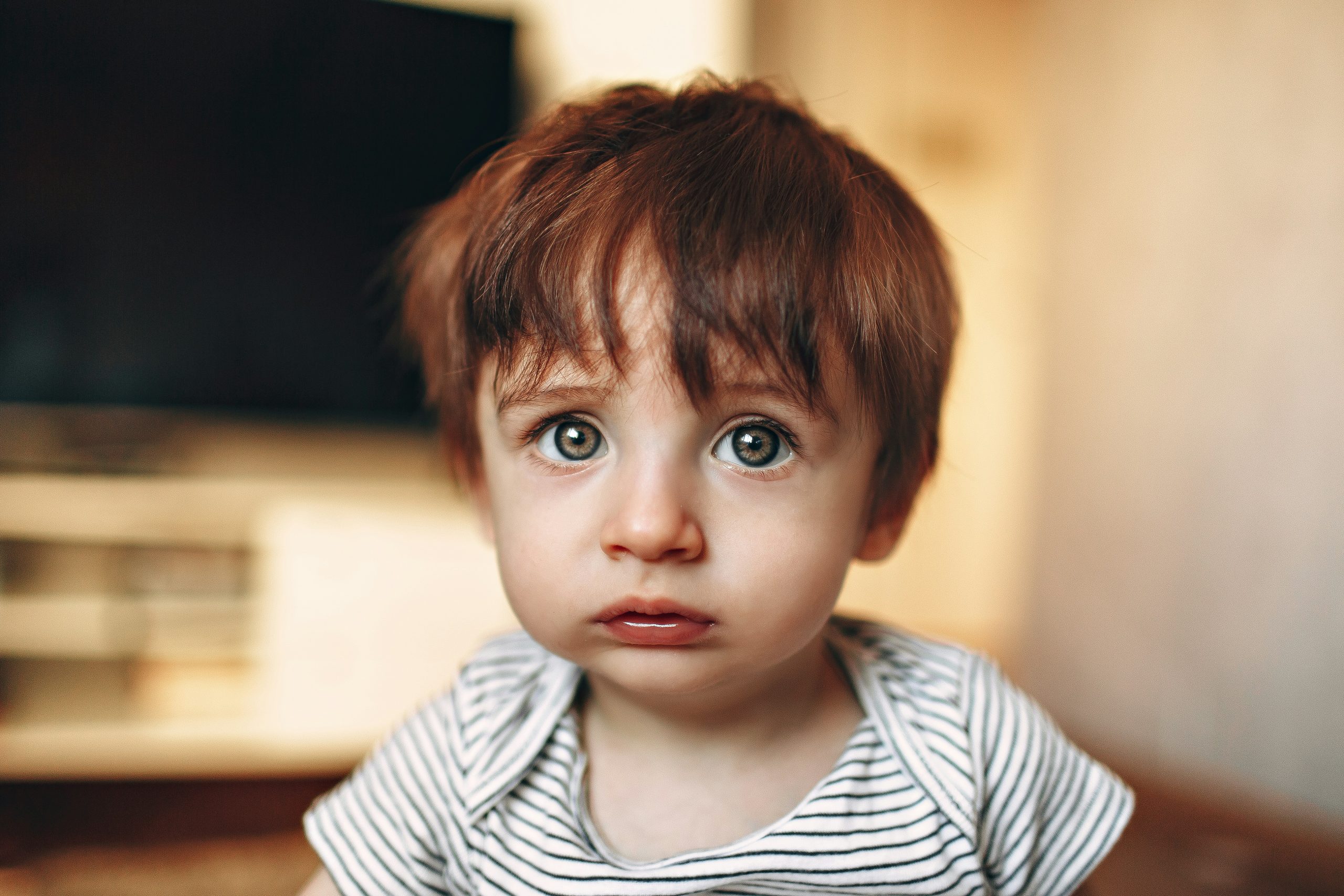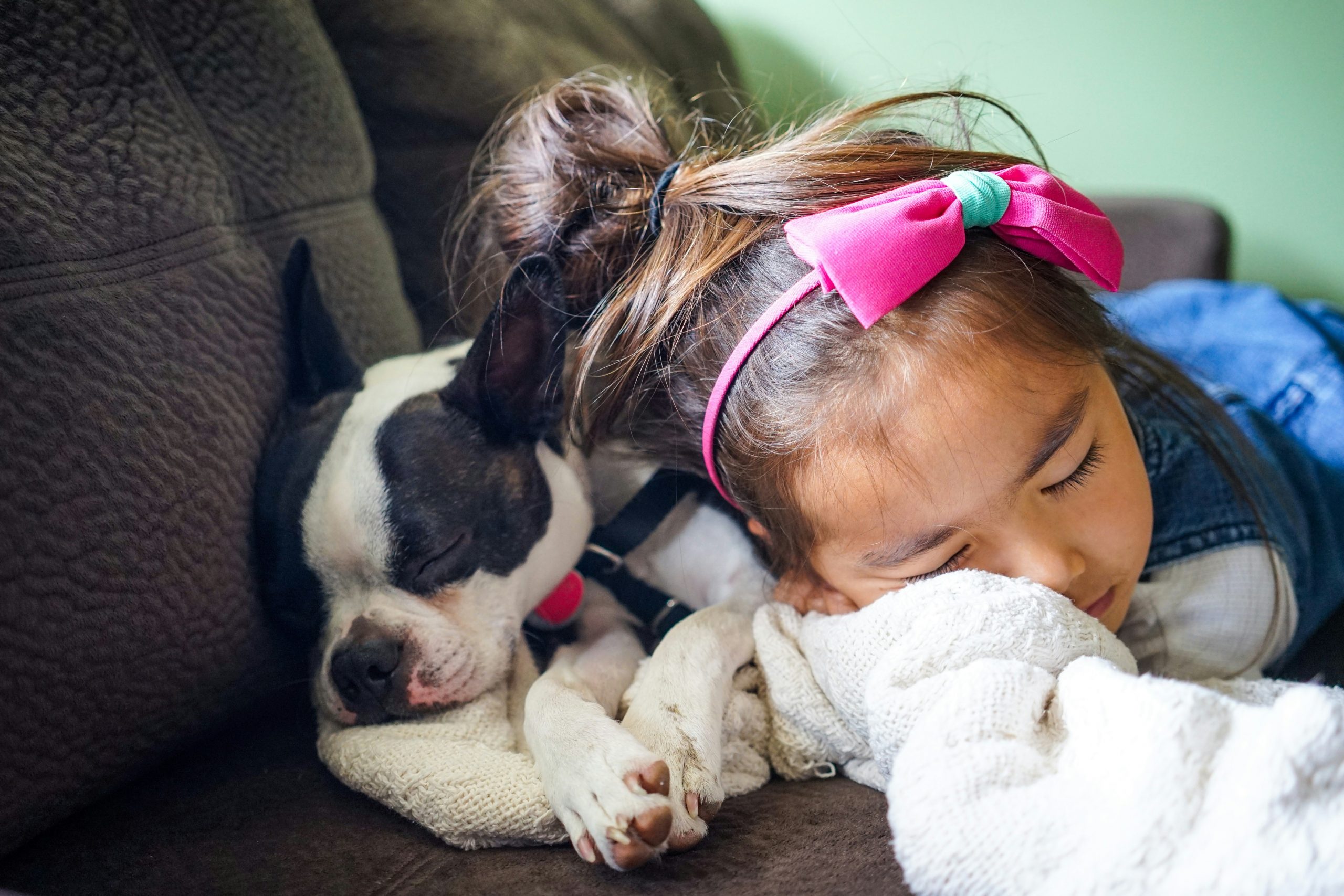
In an age of climate anxiety and endless eco-advice, raising environmentally conscious children can feel like walking a tightrope between hope and exhaustion. Parents are told to recycle, compost, shop sustainably, avoid plastics, plant trees, and—somehow—make all of it look effortless. For many families, this well-intentioned mission becomes overwhelming, leading to guilt rather than action. Yet environmental education at home doesn’t have to be a burden. It’s about mindset, small habits, and the quiet modeling of values that shape how children see their world.
This essay explores how families can cultivate eco-friendly awareness in everyday life through small, consistent habits, community participation, and positive mindset shifts. It also examines how to balance environmental ideals with the realities of parenting—showing that raising eco-aware children is not about perfection but about connection and stewardship.
Everyday Habits That Make a Lasting Impact
Sustainability often begins not with grand gestures but with the ordinary choices that children see every day. Kids learn more from what parents do than what they say. If they watch adults consistently separate recyclables, reuse containers, or repair rather than replace, these actions become part of their normal worldview. The key is to make eco-friendly practices visible, participatory, and even fun.
Simple habits such as reducing water waste, packing reusable lunch boxes, or choosing second-hand clothes instead of fast fashion can become powerful teaching moments. For example, a Saturday thrift-store trip can double as a math and ethics lesson—budgeting while discussing how reusing clothes reduces waste and labor exploitation.
The home is also the perfect place for children to learn about energy use. Parents can make turning off lights a game or track the family’s electricity consumption together. Apps now make this process engaging by converting saved energy into relatable outcomes (like “You just saved enough energy to charge your tablet for a week!”).
In addition, cooking at home from scratch teaches children the link between food and sustainability. When families cook together—especially with seasonal or local ingredients—they learn that eating responsibly doesn’t mean giving up pleasure. Making vegetable soup with home-grown herbs or turning leftovers into new dishes gives children tactile experiences of circular living.
To visualize how everyday choices accumulate, the following table summarizes small daily actions that can create large educational and environmental impacts when practiced consistently:
| Daily Habit | Environmental Benefit | Educational Value for Kids |
|---|---|---|
| Turning off lights and unplugging chargers | Saves energy and lowers carbon footprint | Teaches cause-effect awareness and responsibility |
| Using reusable bottles and lunch containers | Reduces plastic waste | Demonstrates waste prevention and planning |
| Composting food scraps | Reduces landfill methane emissions | Shows natural cycles of decay and growth |
| Walking or biking to school | Cuts down emissions | Encourages physical health and environmental empathy |
| Shopping second-hand | Reduces demand for new production | Builds creativity and resourcefulness |
| Cooking local/seasonal meals | Supports local economy and lowers food miles | Teaches geography, seasons, and sustainability |
These small acts teach more than just conservation—they cultivate critical thinking. Children begin asking why things matter, connecting personal actions to global systems. That cognitive link is the foundation of lifelong environmental awareness.
Community Engagement: Turning Awareness into Action
While home is the foundation, the broader community is the classroom where environmental values take root socially. Children learn empathy and civic responsibility when they see themselves as part of something larger—whether it’s a neighborhood garden, a recycling drive, or a local beach cleanup.
Participating in community projects can transform sustainability from an abstract moral duty into a shared, joyful experience. For instance, volunteering at a park restoration event shows children the immediate reward of teamwork and the visible impact of collective effort. Schools and community centers that host such activities often notice increased confidence among participants: children see that their contributions matter.
Community engagement also normalizes environmental discussion. When families connect with others who compost, bike, or grow food, the behaviors stop feeling “alternative” and start feeling “normal.” Social belonging reinforces action. Children who grow up in environmentally active communities internalize the idea that care for the planet is not just personal—it’s cultural.
Digital tools can amplify this connection. Family challenges like “plastic-free week” or “car-free Fridays” can be tracked through community apps, where progress is shared collectively. This introduces friendly accountability and encourages creativity in problem-solving.
It’s equally important to let children lead within these spaces. Parents can encourage kids to organize small initiatives—like collecting bottle caps for recycling or starting a mini garden at school. When children see their ideas turn into results, environmentalism becomes self-driven rather than adult-imposed.
Avoiding Guilt: The Psychology of Sustainable Parenting
Modern parents face constant information overload about what they “should” do to save the planet—buy organic, boycott certain brands, use bamboo toothbrushes, avoid plastic toys. The pressure can lead to eco-anxiety or paralysis, where families feel that no action is ever enough. But guilt rarely motivates change.
Sustainable parenting requires a shift in mindset: from perfection to progress. The truth is, no household can be zero-waste, zero-carbon, and perfectly ethical all the time. What matters is consistency and awareness. It’s better to adopt a few meaningful, maintainable habits than to burn out trying to do everything.
Children, too, pick up on emotional cues. If sustainability is presented as a constant struggle—“we must sacrifice or else”—it can foster fear or resentment. But if parents frame it as empowerment—“we get to take care of our planet together”—it nurtures optimism and agency.
One effective approach is values-based decision-making. Instead of following every trend, families can ask: Does this align with our core values? For example, if compassion and community are priorities, choosing local food producers may take precedence over distant “green” brands. This helps children understand that sustainability is not about moral purity but about integrity and context.
Moreover, parents can model imperfection transparently. Admitting mistakes—“We forgot our reusable bags today, let’s do better next time”—teaches resilience. It reinforces that environmentalism is a lifelong learning process, not a rigid checklist.
Finally, celebrating progress—no matter how small—builds momentum. Families can create visual reminders of their journey, like a “green goals” board marking achievements such as planting trees, reducing waste, or hosting a neighborhood cleanup. Positive reinforcement, not guilt, sustains motivation.
Rethinking Success: What It Means to Raise an Eco-Conscious Child
The ultimate goal of eco-friendly parenting isn’t to raise miniature environmental activists (though that’s a bonus). It’s to foster children who see the world as interconnected and feel a sense of responsibility without despair.
In many ways, environmental education overlaps with emotional and moral development. When children learn to care for plants, animals, and ecosystems, they simultaneously learn empathy, patience, and foresight. Picking up litter or planting a seed becomes an act of mindfulness—a moment of connection between self and world.
This philosophy aligns with the growing movement of “eco-literacy” in education, which encourages understanding systems thinking—how energy, water, and life cycles interact. Parents can nurture eco-literacy by integrating science into daily life: discussing how rain nourishes gardens, how recycling conserves materials, or how bees pollinate food. These conversations can happen during walks, meals, or even while watching documentaries together.
Another key lesson is balance. Children should understand that human needs and planetary needs can coexist. Sustainable living isn’t about rejecting technology, travel, or comfort—it’s about making mindful choices within them. For instance, a family vacation can include visits to nature reserves or sustainable farms, showing that leisure and learning can blend.
Ultimately, raising environmentally conscious kids means preparing them to think critically and compassionately about the future. Parents cannot shield them from the realities of climate change, but they can equip them with resilience, curiosity, and hope. As children grow, they will encounter conflicting messages—between convenience and conservation, consumption and care—but a strong ethical foundation will guide their decisions.
Conclusion: Building a Culture of Hope, Not Fear
Eco-friendly parenting is less about controlling outcomes and more about cultivating awareness. Every child raised with empathy for the planet becomes part of a generational ripple that moves society toward sustainability. Parents do not need to do everything—only something, consistently, with intention.
When families focus on small, joyful actions, engage with their communities, and release guilt in favor of growth, environmental awareness becomes natural rather than forced. In time, these practices accumulate into culture—a shared way of living that values balance, respect, and care for all forms of life.
Teaching children to be stewards of the Earth does not require perfection; it requires presence. Each conversation about recycling, each walk in nature, each decision to repair instead of replace adds to a larger narrative: that we belong to the planet, and it belongs to us.
If the next generation grows up with this understanding—not as a burden but as a birthright—then the small seeds planted in today’s kitchens, classrooms, and parks may one day bloom into the forests, cities, and communities that define a more sustainable world.

